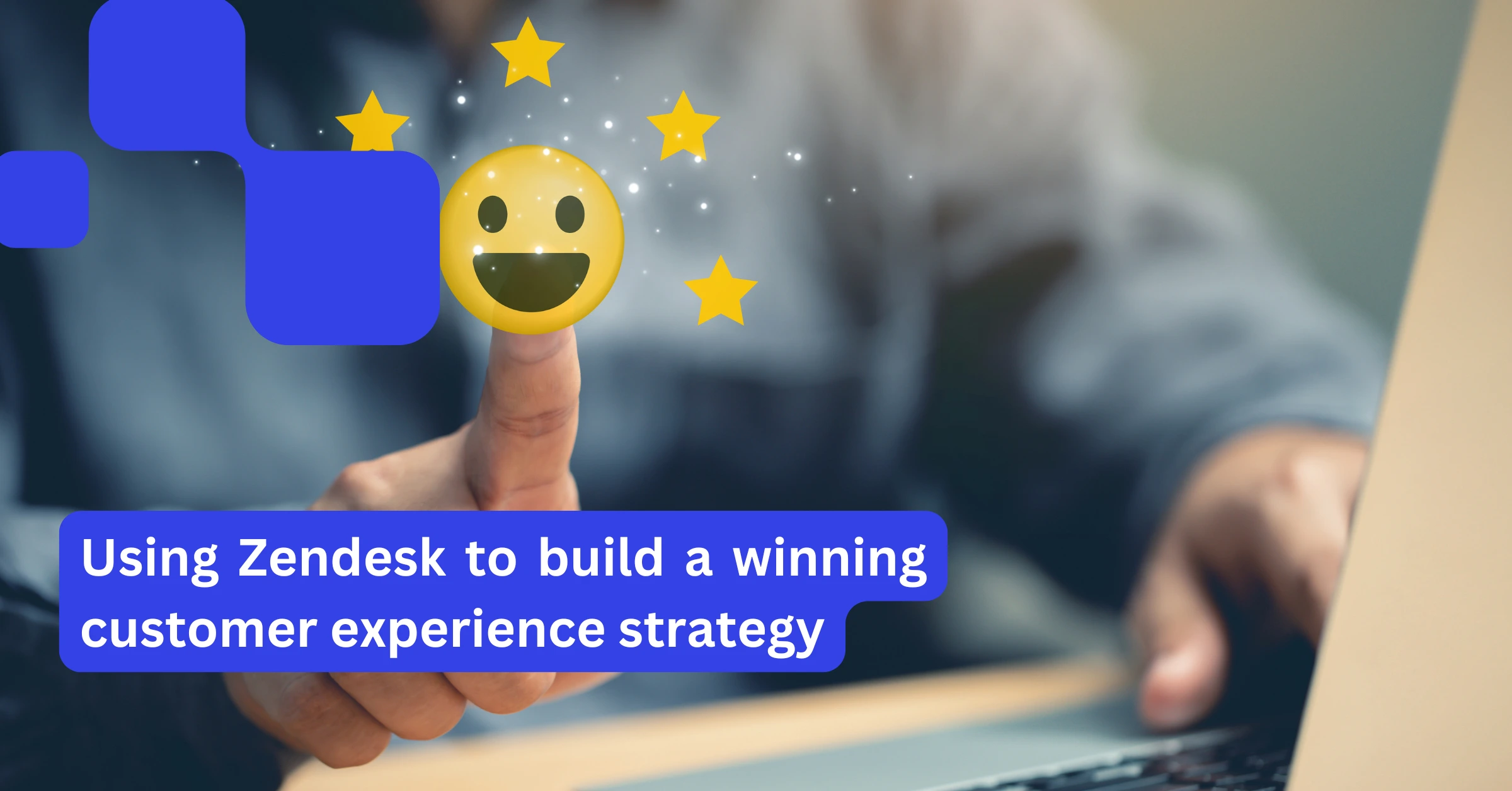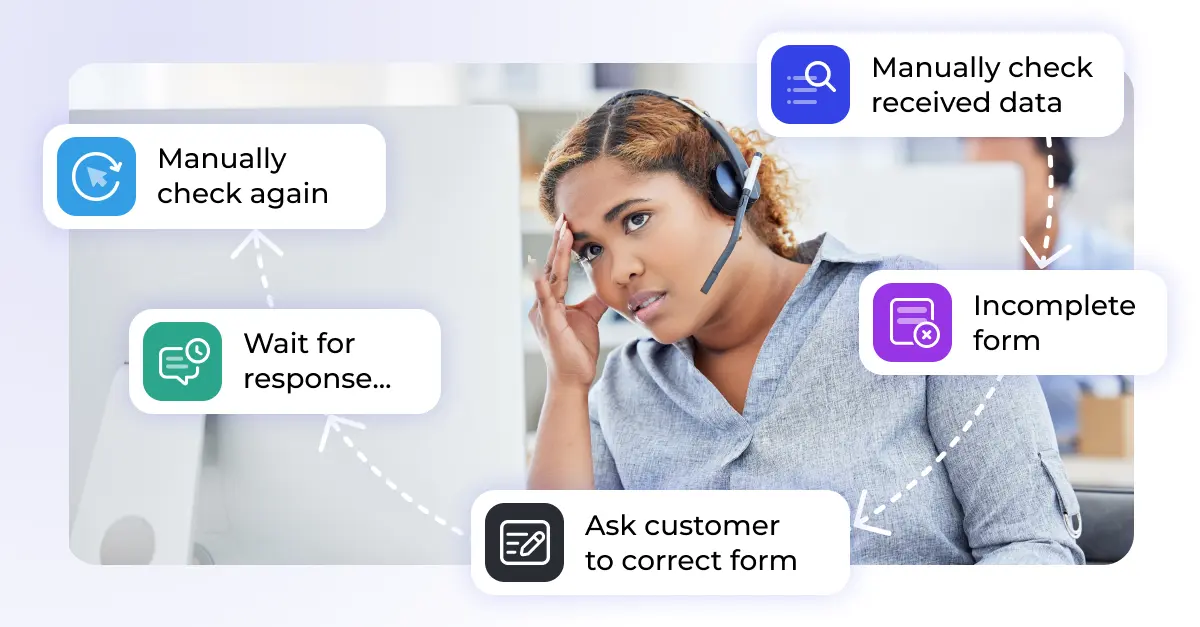Customers don’t judge single moments by themselves, they judge the whole experience and brand. A strong customer experience strategy aligns teams, processes, and technology so every interaction feels connected and personal. According to PwC research, 73% of customers say experience is a key factor in purchase decisions — and companies with superior CX can even charge up to 16% more.
What is a customer experience strategy?
A CX strategy is your plan for how the company delivers value across the entire journey, not just isolated tickets. It sets principles, processes, and metrics so the website, product, and support work as one. The goal is simple: remove friction, keep context, and make every next step obvious. As McKinsey points out, companies with strong, data-driven CX programs outperform those relying only on surveys.
Why a strong customer experience strategy matters today
Customer loyalty and retention
Memorable experiences drive loyalty and turn one-time buyers into repeat customers. They also spark positive word-of-mouth, which is one of the most effective growth engines.
The risk of a bad experience
Zendesk’s 2025 CX Trends shows that 63% of customers will switch after a single bad experience. That means one poor interaction can undo years of effort.
ROI of customer experience improvements
McKinsey studies confirm that CX leaders grow revenues more than twice as fast as competitors. Better experiences reduce churn, increase lifetime value, and create sustainable business growth.
Key elements of a successful customer experience strategy
Understanding customers and building personas
- Define segments and personas with real data.
- Map end-to-end journeys, including pains and “moments that matter”.
- Identify where expectations break and where you can delight.
Designing an omnichannel customer experience
- Offer consistent experiences across email, chat, messaging, voice, and help center.
- Keep context as people switch channels so they never repeat themselves.
- Make the handoff to humans easy and obvious.
Self-service as part of your CX strategy
- Publish a clear, searchable knowledge base.
- Use guided flows for common requests and keep articles short.
- Measure deflection and article usefulness, not just views.
Using customer feedback to improve experience
- Send CSAT on tickets; use NPS and journey surveys for big-picture signals.
- Apply sentiment analysis to surface hidden friction.
- Share insights with product and operations, not just support.
Metrics that prove your customer experience strategy works
- First-contact resolution
- Time to resolution
- Self-service success
- Customer effort score
- CSAT/NPS
- Churn and retention rates
A 5-step customer experience strategy playbook
- Align business goals and CX outcomes – pick 2–3 goals (retention, expansion, cost-to-serve) and define guiding CX principles.
- Map journeys to improve customer experience – focus on the top two journeys by volume or value; list the five biggest friction points.
- Fix top pain points first – remove repeats, long waits, and dead-end handoffs.
- Automate and scale your customer experience with AI – automate status, FAQs, routing, and summaries; make the “talk to a human” path clear.
- Track results and refine your strategy continuously – add KPIs and owners per journey; review monthly; ship small improvements.
How Zendesk supports your customer experience strategy
Omnichannel tools for a unified customer experience
Zendesk brings email, messaging, chat, voice, help center, and community into one workspace so agents always have context.
Automation and business rules for consistent service
Macros, triggers, and business rules standardize replies, route by skills or intent, and escalate automatically. This ensures customers get consistent answers regardless of which agent responds.
AI assistants that improve customer experience
Zendesk CX Trends 2024 shows that 70% of leaders plan to integrate generative AI, and 83% already see ROI. Assistants handle common requests while copilots help agents with classification, suggestions, and summaries.
Reporting and analytics to optimize CX strategy
Zendesk Explore provides dashboards for volume, response, and satisfaction. Leaders can create custom reports to guide staffing, identify recurring issues, and measure strategy outcomes.
See more on Zendesk’s service platform.
From customer experience strategy to execution with Knots
Data preprocessing for better customer experience in Zendesk
Extract key fields from PDFs, images, DOCX, and spreadsheets so tickets are actionable without manual retyping (OCR Scanner).
Data validation to ensure complete customer records
Auto-check required fields and trigger friendly follow-ups when data is incomplete (Data Validation).
Cleaning and syncing data across systems
Merge duplicates, redact sensitive files, and remove large attachments (Merge Tickets, Ticket Export). Sync clean data with commerce, telephony, or CRM (all Knots apps).
FAQs about customer experience strategy
What is a customer experience strategy?
A plan that aligns teams, processes, and technology to deliver consistent, valuable experiences across the full journey — measured by outcomes like retention and loyalty (McKinsey).
How to start improving your customer experience?
- Pick two high-impact journeys and map them end-to-end.
- Remove the top five friction points; publish or improve help content.
- Add automation and clear escalation paths; measure and iterate monthly.
Where should you use AI in customer experience?
- Automate status updates, FAQs, routing, classification, and summaries.
- Be transparent when customers interact with AI; offer an easy human handoff.
Does improving customer experience really grow revenue?
Yes. Better experiences reduce churn and increase lifetime value. The compounding effect shows up as steadier growth and healthier unit economics (McKinsey).
Get results from your customer experience strategy
- Book a live demo – 30 minutes with our team to review your use case and options.
- Request a free data validation audit – identify missing fields and process gaps before they hit your customers.
- Explore Knots apps – browse OCR, autofill, merge, export, and more.
How Zendesk supports your CX strategy
- Omnichannel workspace – email, messaging, chat, voice, help center, and community in one place so agents have context.
- Automation for consistency – macros, triggers, and business rules standardize replies, route by skills or intent, and escalate automatically.
- AI where it helps – assistants handle common requests; copilots support agents with classification, suggestions, and summaries.
- Reporting that drives decisions – dashboards for volume, response, and satisfaction, plus custom Explore reports for leadership.
See the full capabilities on Zendesk’s service platform.
From strategy to action with Knots
Even the best strategy fails when data is messy or incomplete. Knots complements Zendesk so your strategy becomes executable:
- Preprocess and structure attachments – extract key fields from PDFs, images, DOCX, and spreadsheets so tickets are actionable without manual retyping (see OCR Scanner).
- Validate what’s missing – auto-check required fields and trigger friendly follow-ups when data is incomplete (Data Validation).
- Keep your workspace clean – merge duplicates, redact sensitive files, and remove large attachments (Merge Tickets, Ticket Export).
- Sync systems – push clean ticket data to commerce, telephony, or CRM so downstream teams work with the same truth (all Knots apps).
Result: shorter resolution times, higher first-contact resolution, and better CSAT — exactly the outcomes your strategy depends on.
FAQs
What is a customer experience strategy?
A plan that aligns teams, processes, and technology to deliver consistent, valuable experiences across the full journey — measured by outcomes like retention and loyalty (McKinsey).
How do I start?
- Pick two high-impact journeys and map them end-to-end.
- Remove the top five friction points; publish or improve help content.
- Add automation and clear escalation paths; measure and iterate monthly.
Where should I use AI?
- Automate status updates, FAQs, routing, classification, and summaries.
- Be transparent when customers interact with AI; offer an easy human handoff.
Does better CX really grow revenue?
Yes. Better experiences reduce churn and increase lifetime value. The compounding effect shows up as steadier growth and healthier unit economics (McKinsey).








